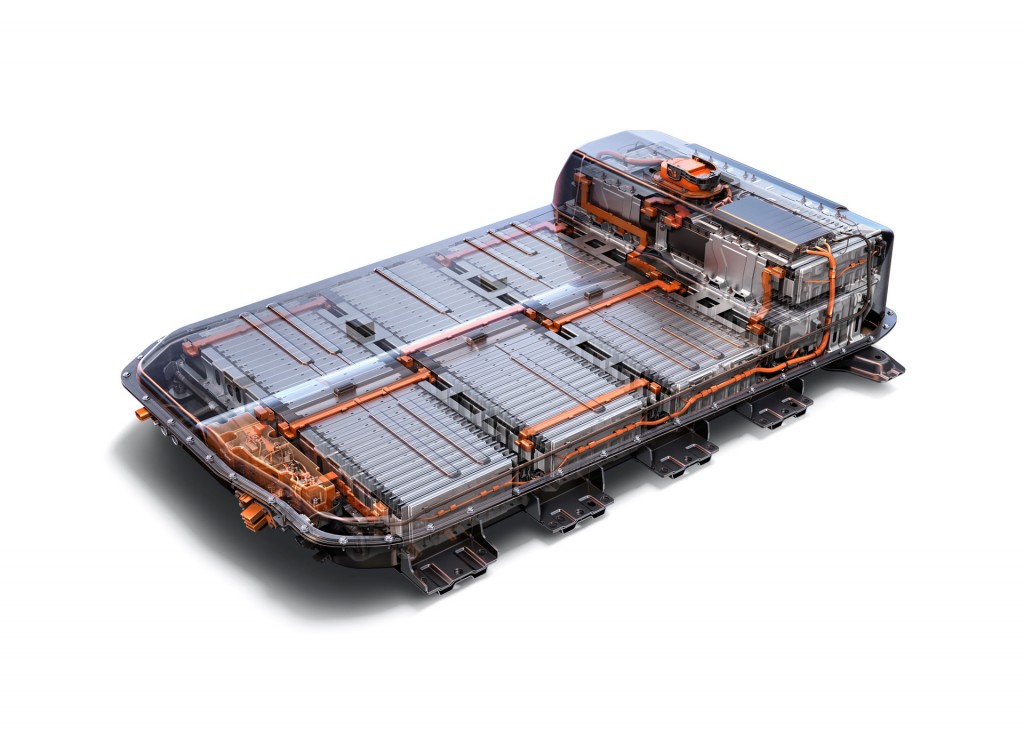When's the last time you sat down and read large parts of an owner's manual for a car?
If it's been a few years—or a few decades—you may be surprised how frustrating they are if you're actually searching for specific information.
By and large, their indexes are atrocious (often using only manufacturer terms like "connected multimedia infotainment system" for what we used to call a stereo).
DON'T MISS: Thinking of buying a 2017 Chevy Bolt EV? Read the owner's manual!
They're absolutely stuffed with legal warnings, too: dozens and dozens of them, warning about everything from driving in bad weather (it's hazardous) to tailgates (you could bump your head).
Most of what's contained in those warnings is blindingly obvious to sentient humans with the wherewithal to operate a car.
But, hey, lawyers will be lawyers, right?

2017 Chevrolet Bolt EV owner's manual
Occasionally, however, reading manuals dredges up actual nuggets of useful information.
And that's where the Chevy Bolt EV's battery-capacity degradation warranty comes in. (Find it on page 322 of the owner's manual in .PDF form; it runs a hefty 360 pages.)
All batteries in electric cars lose capacity over time, although generally at a much slower rate than the smaller, cheaper cells in your consumer electronics devices.
Justifiably, one of the biggest worries of electric-car shoppers is whether they'll have to replace the battery over the time they own the car.
Generally, the answer is "no," but there's no denying that the car may not deliver the EPA-rated range it had when it was new after 10 years and 100,000-plus miles.

2017 Chevrolet Bolt EV
Batteries like to stay at constant temperatures not much higher than what's comfortable for humans (70 degrees F), and higher temperatures degrade them more quickly.
It's early days yet, but so far, electric cars with liquid-conditioned batteries (e.g. Chevy, Tesla) seem to hold their capacity better than those with passive air cooling (e.g. Nissan).
And that's the key point to keep in mind when assessing Chevy's statement in the Bolt EV owners manual about expected battery degradation:
Like all batteries, the amount of energy that the high voltage “propulsion” battery can store will decrease with time and miles driven.
Depending on use, the battery may degrade as little as 10 percent to as much as 40 percent of capacity over the warranty period.
The 2017 Chevrolet Bolt EV, we should note, has liquid cooling and heating for its battery pack, complete with its own little radiator.

2017 Chevrolet Bolt EV, road test, California coastline, Sep 2016
It's fair to say that a 10-percent loss after 100,000 miles—which would cut the Bolt EV's rated range from 238 miles to 214 miles—would likely be shrugged off by owners.
A 40-percent loss probably wouldn't; that would cut the 238-mile range to 143 miles.
(Though 143 miles is still higher than the rated range of any electric car today that isn't a Tesla or a Bolt EV. But we digress.)
Our take is that the lawyers insisted on putting the maximum possible degradation in that sentence to be able to say that owners were warned about the worst-possible outcome.
CHECK OUT: Durable 2012 Chevrolet Volt: 300,000 miles, no battery loss
GM spokesman Fred Liguouri hints at that, telling CNet Roadshow via e-mail that only "under extreme circumstances" would an owner be likely to "see a 40-percent reduction in range over the course of the 8-year/100,000 mile warranty."
Given its long range, very few Bolt EVs are likely to deplete the battery entirely, right down to zero capacity, which can also affect durability.
Owner experiences with six years of Chevrolet Volt plug-in electric cars indicates good battery life.
Consider Erick Belmer of Belleville, Ohio, who had put a record 300,000 miles on his 2012 Chevrolet Volt by last April.
![2012 Chevrolet Volt crosses 300,000 miles, March 2016 [photo: owner Erick Belmer] 2012 Chevrolet Volt crosses 300,000 miles, March 2016 [photo: owner Erick Belmer]](https://images.hgmsites.net/lrg/2012-chevrolet-volt-crosses-300000-miles-march-2016-photo-owner-erick-belmer_100548876_l.jpg)
2012 Chevrolet Volt crosses 300,000 miles, March 2016 [photo: owner Erick Belmer]
He commutes 6,500 miles per month from home to his job as a millwright in GM's assembly plant in Lordstown, Ohio.
Belmer says his Volt shows no apparent degradation in either its battery capacity or its electric range (rated at 35 miles for that model year).
That's good news for potential Bolt EV buyers.
_______________________________________













